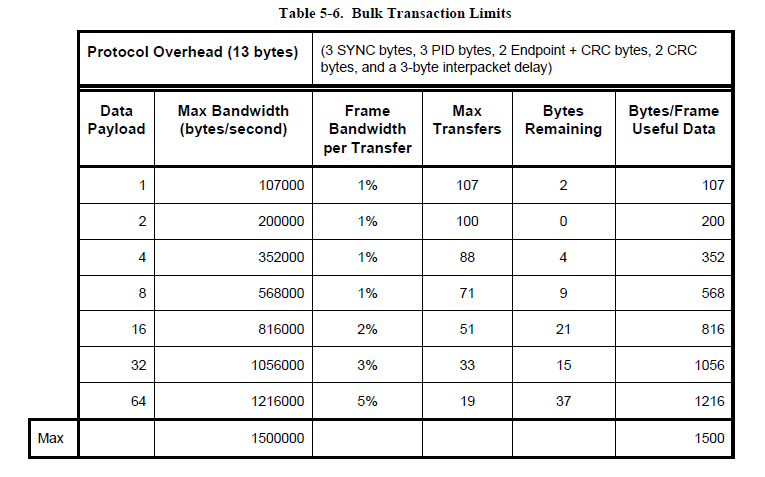Hi,
right now I modify the Tiva/Stella Bulk example and achieve to get a bit/rate of 4.5 mb/s.
In the USB spec sheet, the full speed can go up to 12 mb/s. For my application, I would like to go around 10 mb/s.
Any tips/ideas to increase the data rate?
Regards.
Mathieu


